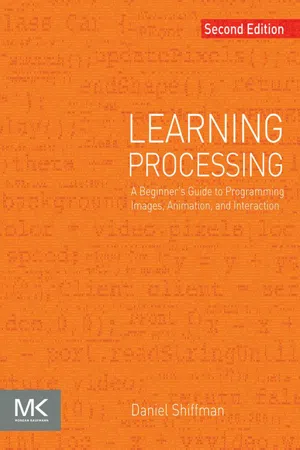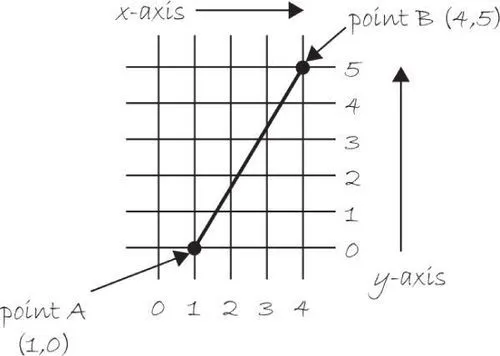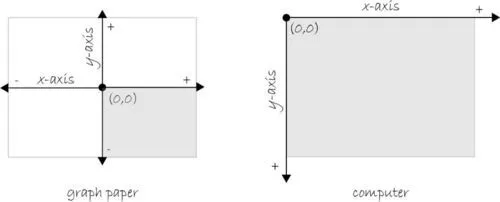
Learning Processing
A Beginner's Guide to Programming Images, Animation, and Interaction
- 564 pages
- English
- ePUB (mobile friendly)
- Available on iOS & Android
Learning Processing
A Beginner's Guide to Programming Images, Animation, and Interaction
About this book
Learning Processing, Second Edition, is a friendly start-up guide to Processing, a free, open-source alternative to expensive software and daunting programming languages. Requiring no previous experience, this book is for the true programming beginner. It teaches the basic building blocks of programming needed to create cutting-edge graphics applications including interactive art, live video processing, and data visualization. Step-by-step examples, thorough explanations, hands-on exercises, and sample code, supports your learning curve.A unique lab-style manual, the book gives graphic and web designers, artists, and illustrators of all stripes a jumpstart on working with the Processing programming environment by providing instruction on the basic principles of the language, followed by careful explanations of select advanced techniques. The book has been developed with a supportive learning experience at its core. From algorithms and data mining to rendering and debugging, it teaches object-oriented programming from the ground up within the fascinating context of interactive visual media.This book is ideal for graphic designers and visual artists without programming background who want to learn programming. It will also appeal to students taking college and graduate courses in interactive media or visual computing, and for self-study.- A friendly start-up guide to Processing, a free, open-source alternative to expensive software and daunting programming languages- No previous experience required—this book is for the true programming beginner!- Step-by-step examples, thorough explanations, hands-on exercises, and sample code supports your learning curve
Frequently asked questions
- Essential is ideal for learners and professionals who enjoy exploring a wide range of subjects. Access the Essential Library with 800,000+ trusted titles and best-sellers across business, personal growth, and the humanities. Includes unlimited reading time and Standard Read Aloud voice.
- Complete: Perfect for advanced learners and researchers needing full, unrestricted access. Unlock 1.4M+ books across hundreds of subjects, including academic and specialized titles. The Complete Plan also includes advanced features like Premium Read Aloud and Research Assistant.
Please note we cannot support devices running on iOS 13 and Android 7 or earlier. Learn more about using the app.
Information
Pixels
1-1 Graph paper



1-2 Simple shapes
Table of contents
- Cover image
- Title page
- Table of Contents
- Copyright
- In memoriam
- Acknowledgments
- Introduction
- Lesson 1: The Beginning
- Lesson 2: Everything You Need to Know
- Lesson 3: Organization
- Lesson 4: More of the Same
- Lesson 5: Putting It All Together
- Lesson 6: The World Revolves Around You
- Lesson 7: Pixels Under a Microscope
- Lesson 8: The Outside World
- Lesson 9: Making Noise
- Lesson 10: Beyond Processing
- Appendix A: Common Errors
- Index
